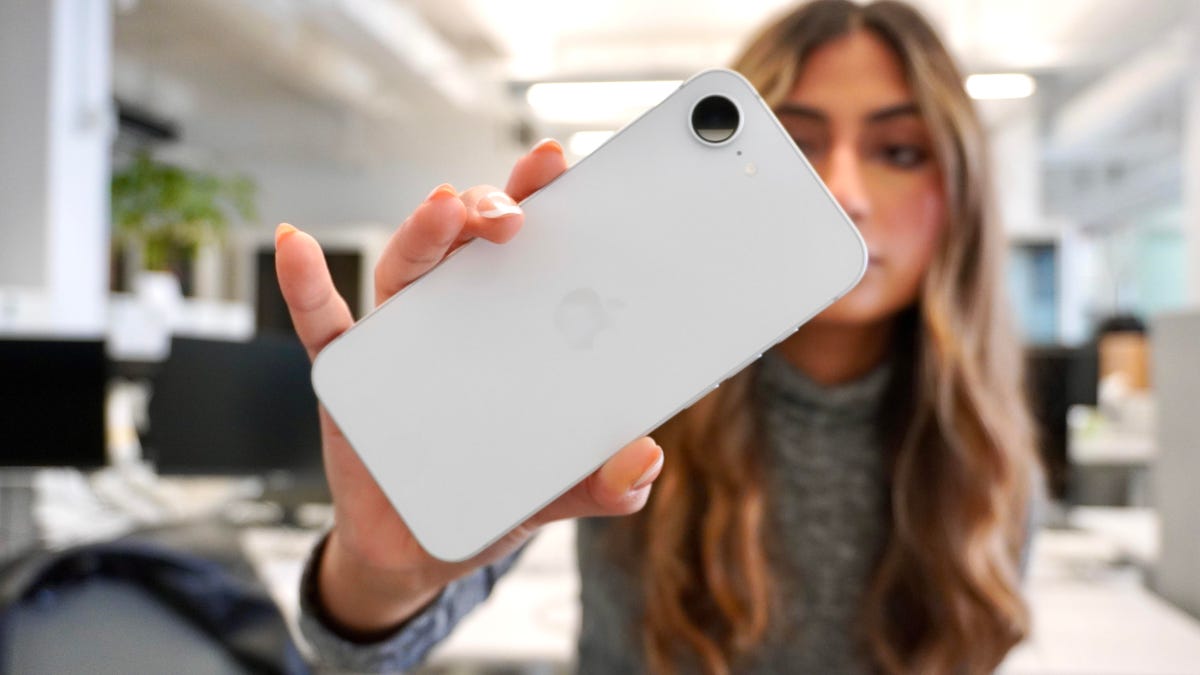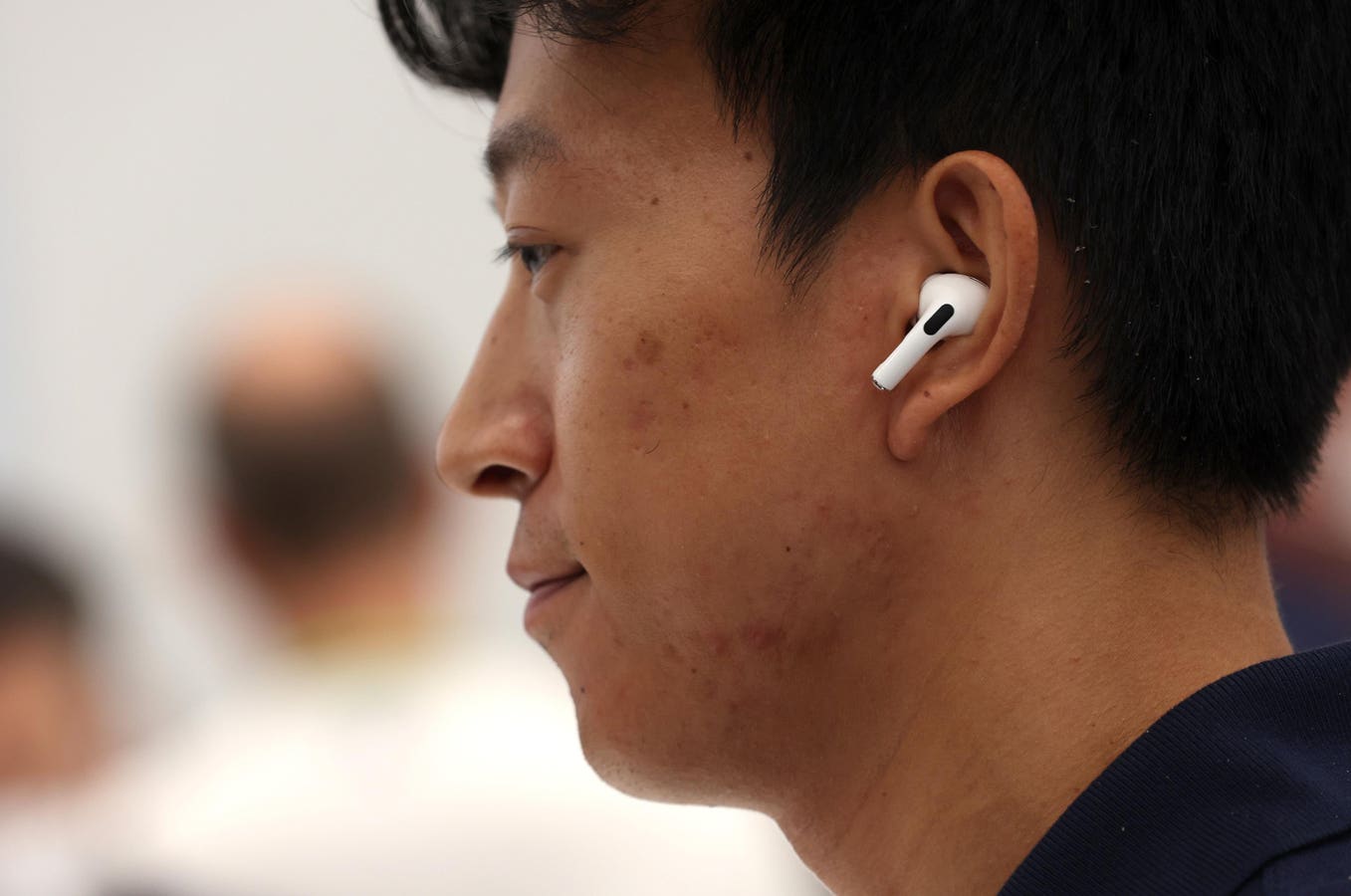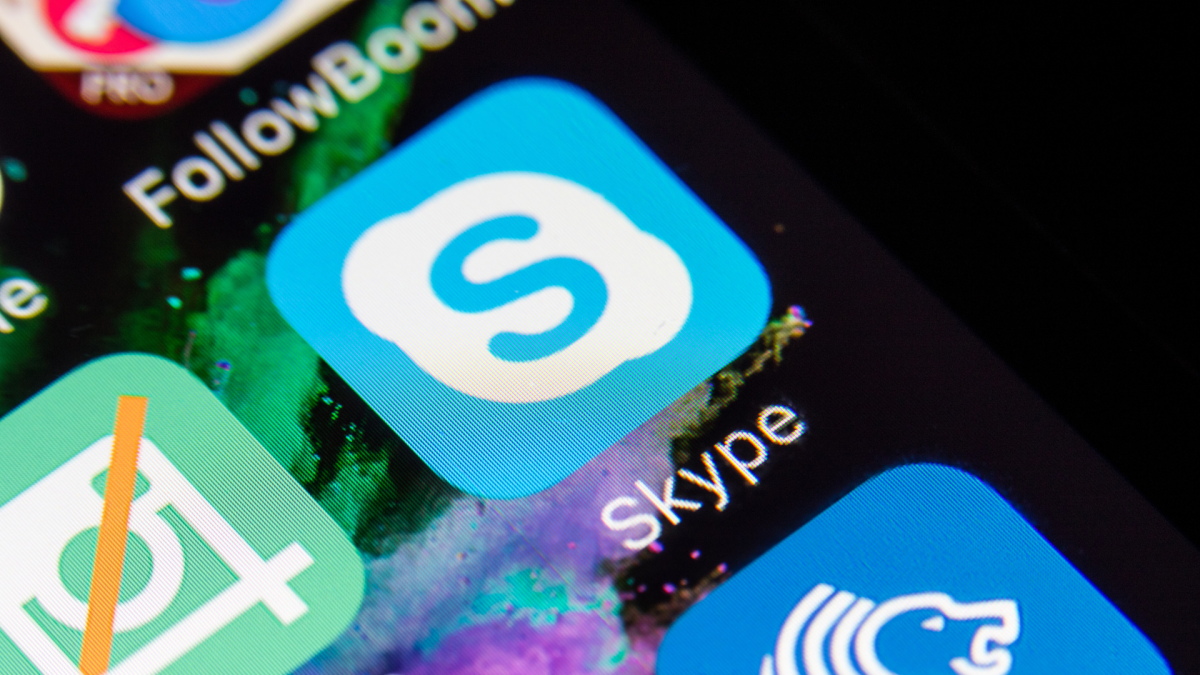Category: Breaking
-

Is the Capital One Venture Rewards card worth it?
If you’re wondering whether a travel rewards credit card is right for you, consider your travel goals and financial needs. Then, determine which card fits your lifestyle the best and whether it’s worth paying its annual fee. If your goal is to save on travel, the Capital One Venture Rewards Credit Card might be a…
-

I replaced my iPhone 16 Pro with the 16e for 24 hours – here’s everything I learned
Sabrina Ortiz/ZDNET Apple finally brought back its entry-level phone, the iPhone 16e. The three-year gap from the previous model release gave Apple time to implement a big refresh, including the addition of Apple Intelligence, supported by the A18 chipset, an Apple modem, a larger battery capacity, more storage options, and Face ID, to name a…
-

American Airlines to trial free Wi-Fi on 3 routes
Wi-Fi for $35 on a cross-country flight? That’s currently the going rate on American Airlines. However, changes might be on the way. The Fort Worth, Texas-based airline is officially trialing free Wi-Fi beginning next week, the airline announced internally on Friday and also confirmed with TPG. The test will cover just three routes (in both…
-

I wish Monster Hunter Wilds’ open world and changing seasons were ambitious enough to justify its PC performance woes, but they’ve yet to truly wow me
As I write this on Friday, more than 1.3 million people are actively playing Monster Hunter Wilds on Steam. So far only around 13,000—or 1%—have stopped playing long enough to review it, but those who have are largely frustrated. Steam reviews sit at a disappointed “mixed,” largely citing performance issues as the reason. And I…
-

Even with the upcoming category changes, there’s still plenty of value in World of Hyatt points
It’s becoming an annual tradition. Each February or March, World of Hyatt announces its annual category changes about a month before implementing them. As soon as Hyatt releases the list of category changes, loyalists — myself included — carefully examine the list to see if properties we love or hope to eventually visit will soon…
-

Is Web3 Ready To Revolutionize Healthcare?
Late last year, the U.S. Department of Health and Human Services (HHS) took a bold step toward modernizing healthcare data exchange by finalizing The Trusted Exchange Framework and Common Agreement (TEFCA). This initiative aimed to enhance equity, innovation, and interoperability by facilitating the secure exchange of electronic health records (EHRs). At its core, TEFCA sought…
-

Surprise iPhone 17 Design, New AirPods Pro Features, iMac M4 Special Offers
An attendee wears new AirPods Pro during an Apple special event on September 07, 2022 (Photo by … [+] Justin Sullivan/Getty Images) Getty Images Taking a look back at this week’s news and headlines from Apple, including the first iPhone 16e reviews, five key features of the 16e, leaked iPhone designs, new Airpods Pro features,…
-

3 reasons why the Marriott Bonvoy Boundless is worth the $95 annual fee
Hotel credit cards are often overlooked when compared to their airline card counterparts. Mid-tier hotel cards, with annual fees of up to $100, can be an incredibly valuable addition to any wallet, whether you’re an infrequent traveler, a road warrior or a nonstop jet-setter. These cards tend to have relatively low annual fees yet can…
-

The Best Video Call Apps to Replace Skype
Microsoft is officially shutting down Skype (RIP). Even if you haven’t used the app in years, it’s possible Skype was your introduction into modern video chats. The app made it easy to call friends and family via video no matter where in the world you all were. As long as you had a stable internet…
-

Points and miles travel deals for March: Earn with these offers
From bonus points on your next hotel stay to generous sales of airline miles, we’re always looking for travel deals that help you earn more points and miles and redeem them for maximum value. In other words, we want to help you book the vacation of your dreams. Right now, we’re seeing Apple AirTags on…